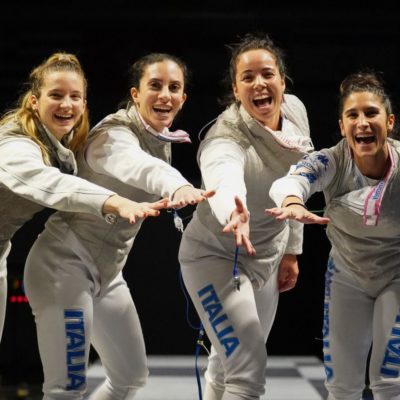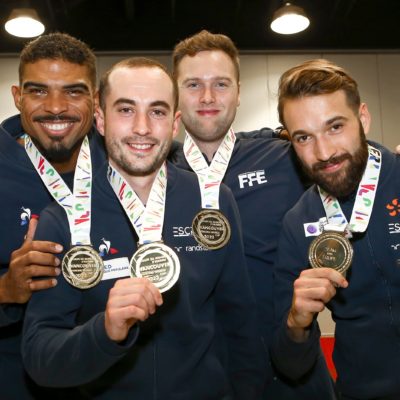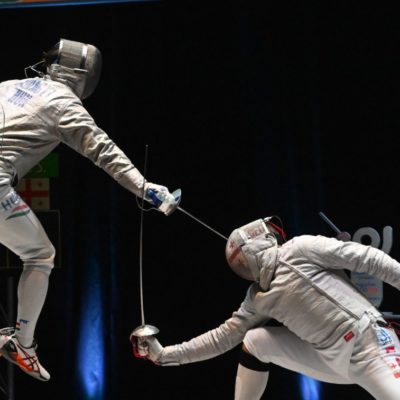There are many methods of learning fencing, but only one will make you a champion.
You can teach yourself, by reading a book. You can mirror an instructor by joining a class. You can hone your skills against other students in group drills. You can do a combination of all three, and then season yourself in local tournaments.
But you will only excel if you take lessons from a fencing instructor.
There are many methods of learning fencing, but only one will make you a champion. You can teach yourself, by reading a book. You can mirror an instructor by joining a class. You can hone your skills against other students in group drills. You can do a combination of all three, and then season yourself in local tournaments. But you will only excel if you take lessons from a fencing instructor.
{mosimage}Once you strip away the modern veneer of the sport — the maraging steel blades, the ballistic nylon uniforms, the wires, lights and computers — the soul of fencing is still found in one of dueling’s oldest surviving traditions: the fencing lesson.
In the past, fencing Masters swore their students to secrecy. The Master’s knowledge had to stay with the student, on pain of abandonment or worse! The lessons, tactics and strategies taught by the Master were frequently kept from publication for decades after the Master’s death. The reason was simple — in a bloodsport, knowledge is life. A well-kept secret like The Iron Girdle (circular blocks) would mean the difference between walking away from a duel, and being carried away. Even today, high-level coaches are hesitant to share their methods with the world at large. Competition at the highest levels is simply too fierce.
The fencing lesson is a one-on-one encounter between the instructor and the fencer. The instructor presents questions with the blade, which the fencer must answer. Throughout the lesson, the speed and complexity of the actions steadily increase, the tolerance for mistakes steadily disappears.
{mosimage}The instructor’s goal is to improve the fencer’s strengths, and mitigate their weaknesses. If a fencer has difficulty scoring, the instructor will create situations where the fencer must attack. If a fencer has a good feeling for timing, the instructor may give new methods for stealing the opponent’s attack.
Lessons last between 20 minutes and one hour. They typically start with handwork, progress to simple attacks and defense, and then finish with complicated long, or multi-part, attacks.
Each instructor has their own personal style, and each kind of lesson has a particular purpose. The technical lesson teaches the fundamental skills of movement and hitting. The tactical lesson imparts methods and ideas for attacks and defense. The tournament lesson warms up fencers on game-day, and builds confidence for the competition.
Elite fencers use all the training methods available to them. Immersing themselves in the sport, they read the journals, they join every group drill, they watch videos of World Championships and the Olympics, and they take lessons — sometimes up to five per week. All of them will tell you, without hesitation, that the fencing lesson is the single most important part of their regimen.






1 Comment
Comments are closed.